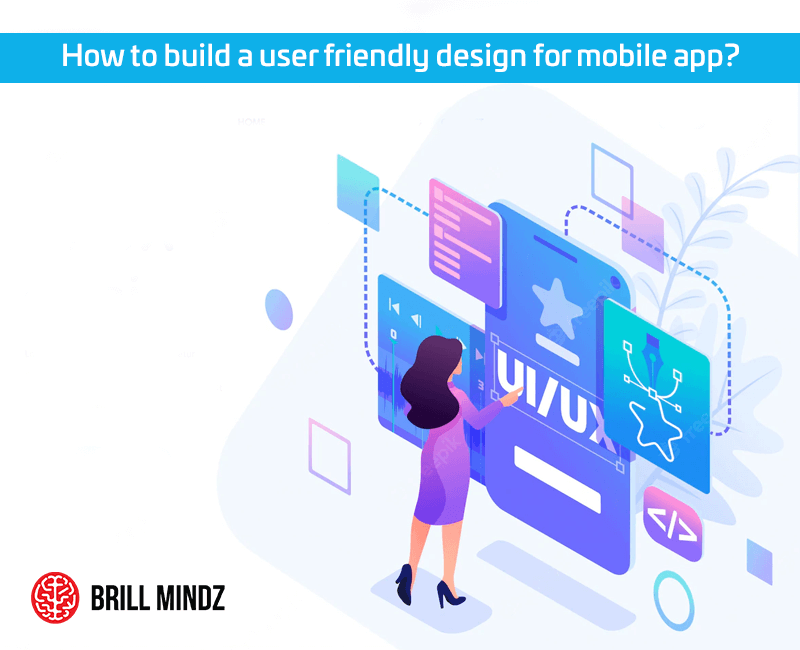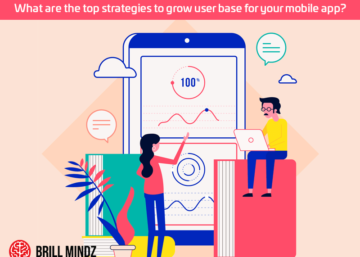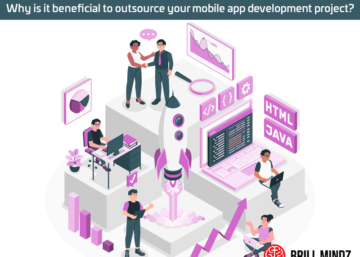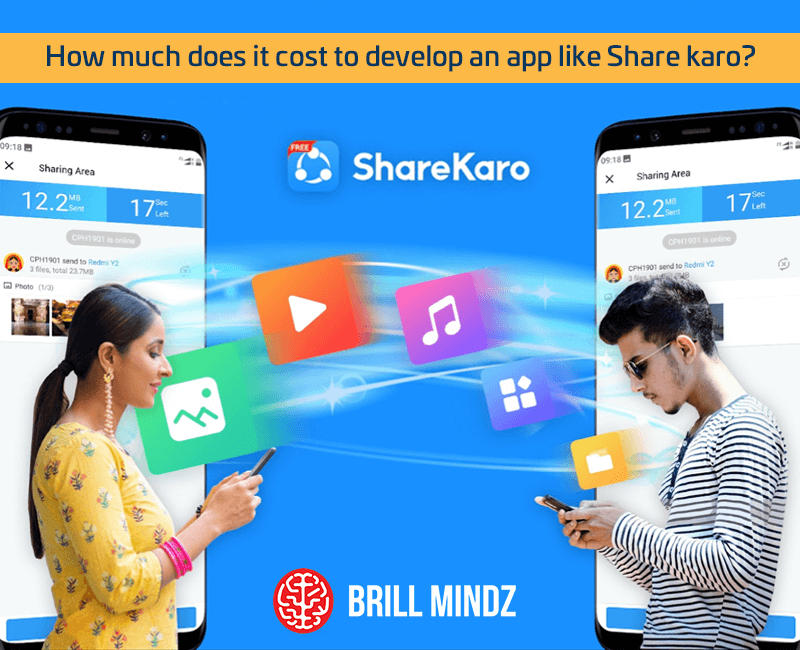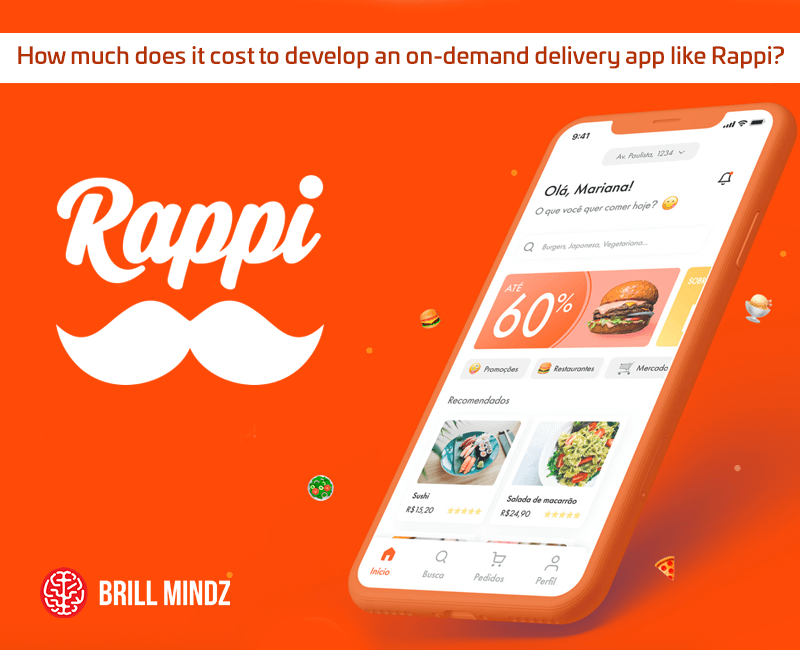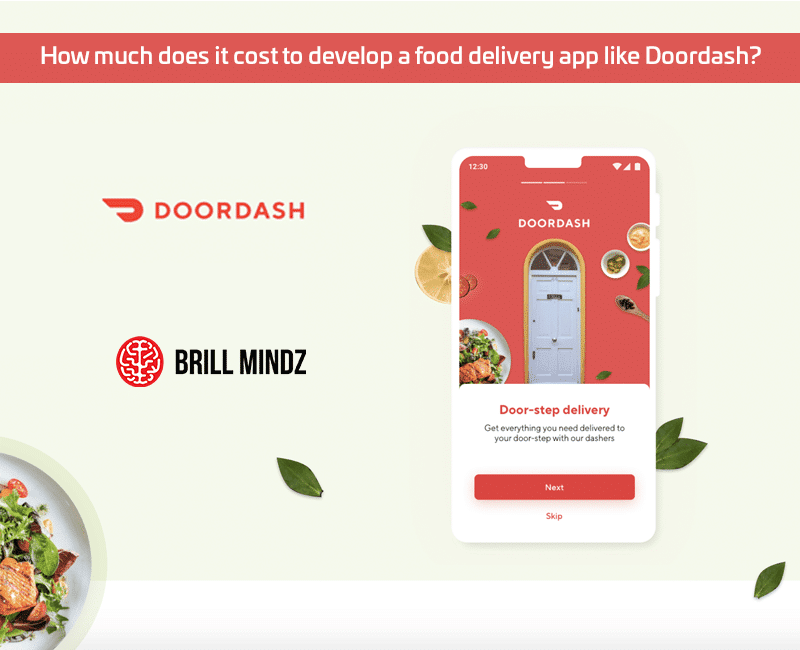How to Build a User-friendly Design for a Mobile App?
The mobile app market has become highly competitive making users select only the apps that are appealing and friendly to use. Having a navigable and convenient user experience will encourage the users to use the app repetitively. Hence, if you want to win over the competition to gain profits, then you must have a user-friendly design for your app. Regardless of the richness of your app, if it fails to engage the users, then you cannot achieve the business motives. In this blog, there are some important factors to consider while building a user-friendly design for your mobile app.
Know the user behaviour and requirements:
The initial step in starting well in any department of mobile app development is to know the user behaviour and requirements. This will be the core reason for users to be looking for solutions from this app. User behaviour is the way of approach adapted by the users to meet their requirements. While smartphone geeks prefer mobile app messaging to communicate with the services while others may prefer regular calls. Hence, it is key to know the ins and outs of user requirements to give an accessible design to the target users.
Market Research:
After knowing the user behaviour and requirements, performing market research is the next important thing. Performing analysis concerning age, location, occupation, gender, etc will aid you in impacting the design specs. You must speak to the possible users in the industry and collect feedback for solving the problem areas effectively. If you have an existing mobile app, then you can also collect feedback from the users to give the best results. Knowing the interaction pattern of users will give a clear idea of giving a user-friendly design. Further, another important element included in market research is performing a detailed competitor analysis. You will be able to find out what strategies can be implemented to engage the users for longer. This will increase the loyalty factor and make you stand out from the competition.
Follow the right design standards and best practices:
A crucial factor that makes your app to be of topmost quality is to follow the design standards developed by the firm that develops the technologies employed to build the mobile app. The designer must understand these standards and should be able to blend them with the strategies employed in the development process. Following best practices that are suitable for that design will ensure the yield of top-quality design in the output. If you are using a proven framework then it is important to follow the norms to make the product appropriate for users.
Sync between developers and testers:
If you want to know the user requirements, then organizations usually follow the MVP method of release. Here the basic functionalities will be released to a limited set of users who were not involved in the development process. Once you know the feedback, then developers and testers combine to correct them. Moreover, developers and testers must be in sync right from the initial stages of the development process. There will be an enhancement in UI UX design throughout the modules while navigations will be smooth as per user expectations. Knowing the thoughts of testers right from the initial stage of involvement will help developers in taking the quality to higher levels.
Responsive Design
Responsive design is the ability of the app product to adjust with the display of the specific device which forms a key aspect of any mobile app. Any kind of user will expect simplicity in the app which calls to negate including complex design elements in the product. With the complex design, various kinds of devices will not perform optimally making the users frustrated to a maximum extent since they will not be able to access the content of their choice. Responsive design will avoid cases of content wrapping since they will adapt automatically to the device screen guaranteeing the switching abilities. Failing to adapt this approach throughout your design development, will throw the problem into a ross device. Some design aspects will work fine on specific devices and not on others. Due to all the involved factors, responsiveness is an important element.
Loading speed:
As mentioned earlier, the mobile app development market is flooded with a wide range of options for users. In this regard, if your app is taking longer for loading, then users will be frustrated sooner. They will drop out from the app with a big jolt to your loyalty aspect. As every user wants to download a user-friendly app, loading speeds hold a special place in the point of the design approach. Having minimal loading speed will enhance the user experience leading to a decrease in user bounce rates. Take special attention to including the right design elements on every page so that collective efforts will be higher.
Navigable UX:
Along with the simplicity factor, another key thing that is important for a mobile app is that it should be spontaneous. The navigations must be natural with a cent percent impact on user expectations. If you understand from your research about small complexities in the design then you should include the right design elements to guide user navigations. If you give restricted elements then you will block the smooth flow of users through the pages leading to frustrations. One important element to be included in the design is offering multiple ways for users to return to the home screen. Remember, any kind of mobile app should be designed keeping the design elements and content synchronization in mind.
To wrap up:
Designing a top-quality mobile app with a user-friendly design is a tricky task. Amidst the wide range of options available in the competitive market, if you want to succeed in your business motive, then partner with an expert mobile app development company in Bangalore like Brillmindz. The entire team works with passion to develop exciting mobile apps with navigable designs to engage users for longer periods.
